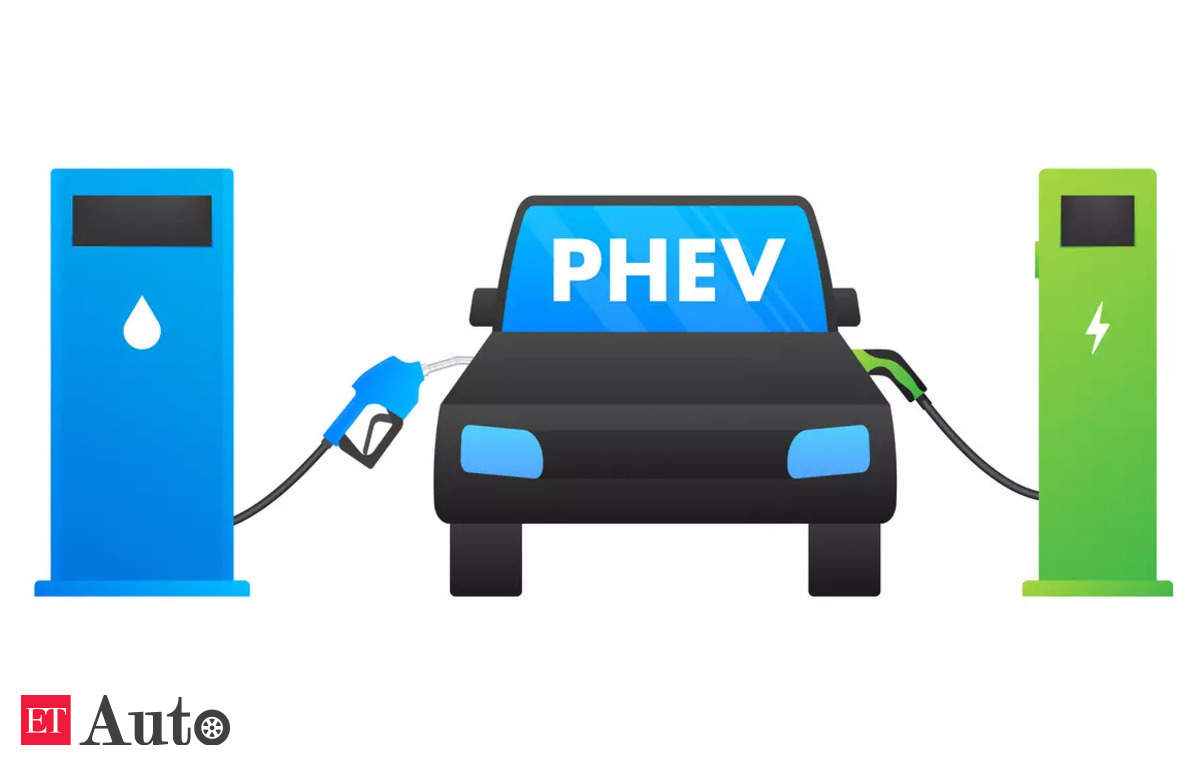Strong Hybrid Vehicles: The Debate on Subsidies and the Future of Green Mobility in India
As the automotive industry grapples with the pressing need for carbon neutrality, the conversation around vehicle subsidies has intensified. In particular, the debate centers on whether financial support should extend to Hybrid Electric Vehicles (HEVs) alongside fully electric vehicles (EVs). Advocates for EVs argue that subsidies should be exclusively directed towards electric vehicles, which are perceived as a more effective pathway to achieving zero emissions. This article delves into the nuances of this debate, examining the role of strong hybrid vehicles in the transition to sustainable mobility.
The Case Against Hybrids
Proponents of EVs assert that while hybrids may assist in meeting Corporate Average Fuel Efficiency (CAFE) standards, they still rely on fossil fuels, thus undermining the ultimate goal of zero emissions. Electric vehicles, on the other hand, produce zero tailpipe emissions, making them a cleaner alternative. With the urgency of addressing climate change, many industry experts argue that investments should prioritize EV technology over hybrids.
A recent report from the International Council on Clean Transportation (ICCT) highlights that a shift towards greater adoption of electric passenger cars could have a ripple effect on the entire EV ecosystem. Increased adoption would drive battery production, leading to reduced costs and further accelerating the uptake of EVs. This creates a compelling argument for focusing subsidies on technologies that promise a cleaner future.
Confusion in the Market
An industry executive has voiced concerns that incentivizing an older technology like hybrids, alongside EVs, could confuse consumers and divert attention from the national priority of achieving zero-emission mobility. “When technology for zero-emission mobility is available, why promote hybrids that can never be completely green?” the executive questioned. This sentiment echoes a broader concern that hybrids may dilute the message of sustainability that the automotive industry is trying to convey.
Government Initiatives and the FAME Scheme
The Indian government has been proactive in promoting electric mobility through initiatives like the Faster Adoption and Manufacturing of (Hybrid and) Electric Vehicles (FAME) scheme. Union Minister of Heavy Industries HD Kumaraswamy recently announced that an inter-ministerial group is reviewing the first two phases of the FAME scheme, with a third phase expected soon. The FAME scheme, which began in 2015, aims to boost local manufacturing of EVs and hybrids. The second phase, extended to March 2024 with an additional INR 1,500 crore, will be succeeded by the Electric Mobility Promotion Scheme (EMPS) 2024.
Currently, India imposes a 5% Goods and Services Tax (GST) on EVs, compared to over 48% on Internal Combustion Engine (ICE) and hybrid vehicles. This tax structure is designed to encourage battery manufacturing and further electrification, aligning with the government’s long-term vision for sustainable transportation.
The Hybrid Market Landscape
While automakers like Tata Motors, Hyundai, and Kia are pushing for greater EV adoption, Japanese manufacturers such as Maruti Suzuki, Toyota Kirloskar, and Honda are advocating for tax reductions on hybrids. Hybrids, which include mild hybrids, strong hybrids, and plug-in hybrid electric vehicles (PHEVs), offer varying levels of efficiency but still fall short of the zero-emission potential of EVs.
Despite the push for EVs, hybrids have not faced significant barriers to consumer adoption. In fact, their sales are growing, and Original Equipment Manufacturers (OEMs) are reporting better margins from hybrid models. For instance, Toyota Kirloskar Motors has seen a dramatic improvement in its financial metrics, with a 242% year-on-year growth in profit after tax (PAT) attributed to the demand for its hybrid lineup.
According to data from Jato Dynamics India, sales of hybrid cars, including both strong and plug-in versions, increased by 27% from January to July 2024, reaching 51,897 units compared to 40,811 units during the same period last year. This growth indicates a burgeoning market for hybrids, even as the focus shifts towards electrification.
Regional Variations and Policy Implications
Uttar Pradesh recently waived registration charges for strong hybrids and PHEVs, a move not mirrored by other states. Despite being the second-largest car market after Maharashtra, hybrids constitute less than 1% of the state’s vehicle sales. This disparity highlights the need for a cohesive national policy that supports the growth of both EVs and hybrids, while clearly delineating the long-term goals for sustainability.
The ICCT report emphasizes that a stable and long-term policy for EVs could benefit both demand and supply sides of the market. Government support would help reduce consumer skepticism, facilitate fleet transitions, and stimulate private-sector investment, fostering the growth of domestic supply chains and job creation.
Conclusion: A Path Forward
In conclusion, the debate over subsidies for strong hybrid vehicles versus electric vehicles is emblematic of the broader challenges facing the automotive industry in its quest for sustainability. While hybrids may offer a transitional solution, prioritizing EV subsidies aligns more closely with the overarching goal of achieving a carbon-neutral transport sector. Investing in EV technology represents a more direct path to eliminating emissions and advancing towards sustainable mobility.
As the automotive landscape continues to evolve, it is crucial for policymakers, industry stakeholders, and consumers to engage in informed discussions that prioritize long-term environmental goals over short-term gains. The future of green mobility hinges on our collective commitment to embracing technologies that truly pave the way for a cleaner, more sustainable world.

